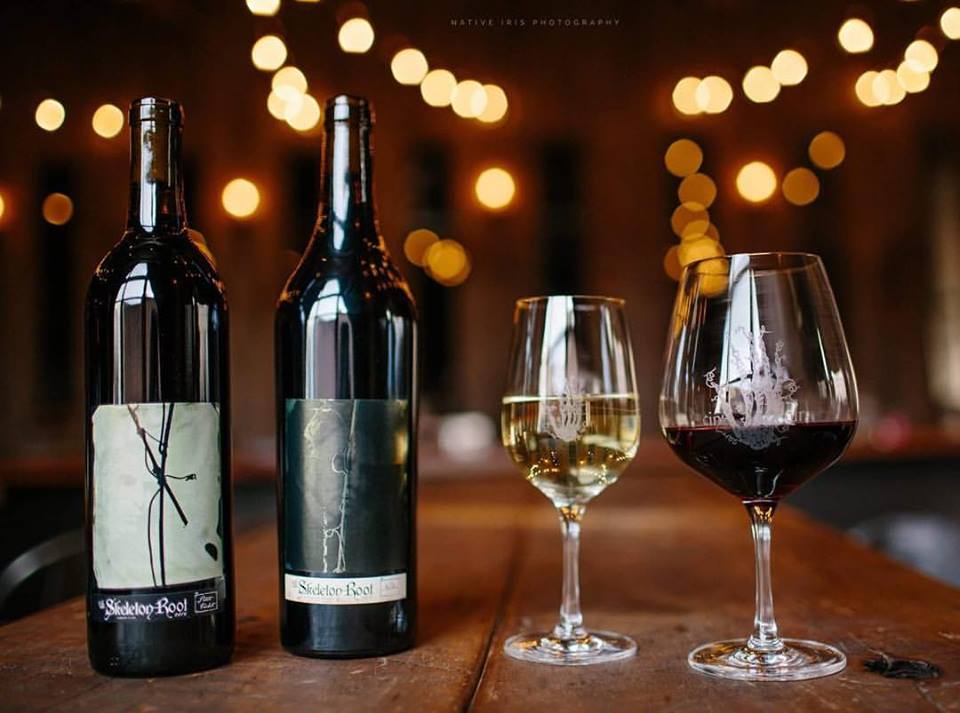We’re excited to introduce you to the always interesting and insightful Kate. We hope you’ll enjoy our conversation with Kate below.
Kate, thanks for joining us, excited to have you contributing your stories and insights. How did you come up with the idea for your business?
The Skeleton Root was really born from the interest in celebrating the beautiful legacy of winemaking in America and it’s deep-rooted history in Cincinnati. Like most winemakers in this country my initial background was not in wine. Most of us start in careers unrelated to wine and something drives us toward it, my background and initial career was in Engineering. Due to this I have this unwavering interest in understanding things – how they work and how they came to be.
I fell in love with wine itself by way of the Finger Lakes, a region that thanks to the dedication of the late Dr. Konstantin Frank is raising world class Riesling and numerous other European grape varieties. The Finger Lakes was my first real “terrior” driven wine exposure. It is a place where Riesling tells the story in the glass of the exact conditions where in stands within the vineyard. The finesse of those wines and the ambition to understand it really drove my commitment to wine.
Fast forward several years and I had completed formal Enology education and was working at winery in California. I was invited to a women in wine event at Buena Vista Winery in Sonoma. Buena Vista is a beautiful winery that has a very rich history which really opened my eyes to the story of American wine and its origins in Cincinnati (which just happened to be my old home town!).
From that moment I had an unrelenting interest in learning about pre-prohibition wines in this country – everything from where grapes were being grown, the people raising them, and in particular the grape varieties being cultivated. I read endlessly about old American heritage grape varieties – sadly they were grape names that are largely unknown to us today. Present day wines that produced and distributed in the United States condense down to fewer than 10 wine styles (grapes) yet there are thousands of grape varieties many of which are native to this country. I wanted to learn about the largely unknown American grapes and most importantly I wanted to drink wines from them. I was really bummed to learn that most of the varieties I read about were not presently planted and if they were they were being made in wine styles vastly different from what they were historically. I personally only enjoy dry wines and want to drink wines that are free of modern preservatives and additives. The Skeleton Root was really born out of the ambition to drink wines that were not presently available in attempt to revive them and hopefully prevent them from being lost for another generation to come.

Awesome – so before we get into the rest of our questions, can you briefly introduce yourself to our readers.
Wine started as a passion for me, I started as an avid and curious consumer that wanted to learn more so here we are today… I pursued formal coursework in Enology (winemaking) and ultimately left my primary career in Engineering to work full-time in wineries prior to dreaming up The Skeleton Root.
I started The Skeleton Root in 2014 in hopes of reviving American grape varieties and wine styles that were no longer being made. In 2014 we produced dry still Catawba wine following historic records from Nicolas Longworth of Cincinnati. Catawba was the first commercial American wine ever produced so we were really passionate about resurrecting that wine – our name was really based on that. We have largely committed ourselves to working with historic lessor know grape varieties so many of our wines are focused on honoring that tradition.
We also pride ourselves on being a minimal intervention producer, wine is food and we believe that is should be treated as such! We want all of our wines to be authentic representation of the grape and vineyards so we do use broad ranging additives commonly found in most commercial wine.
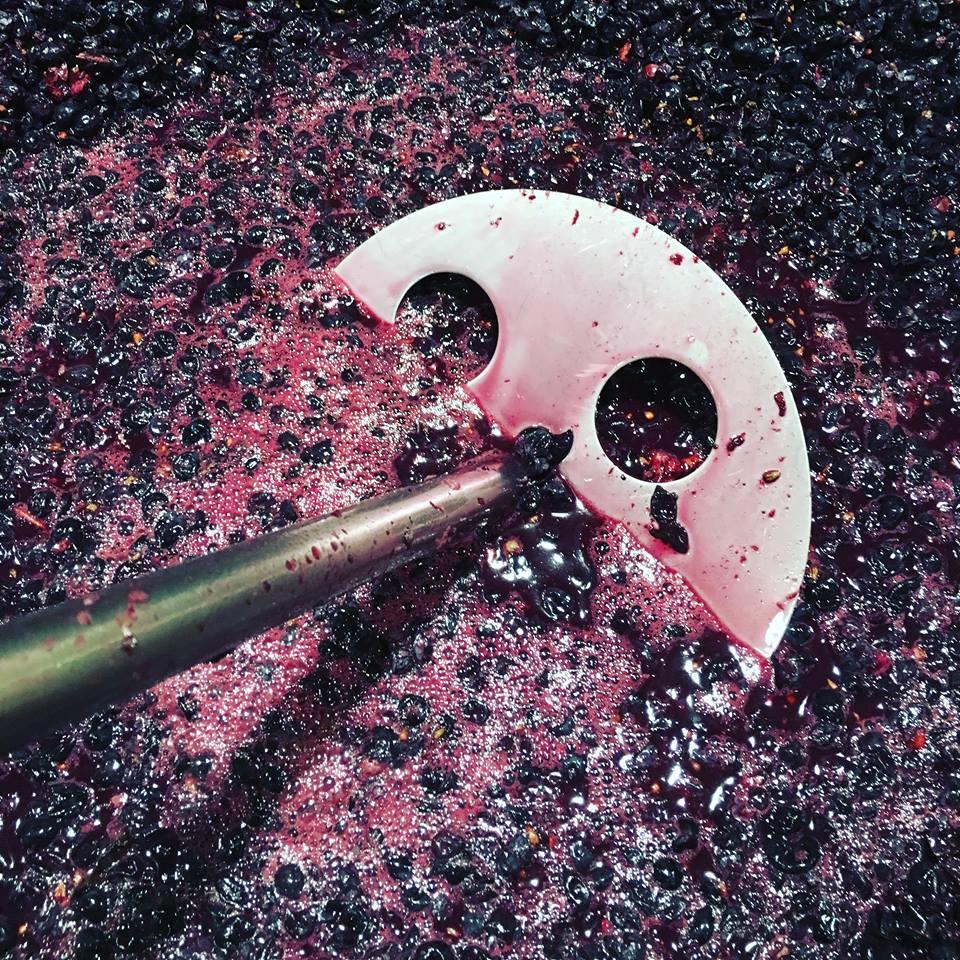
What’s a lesson you had to unlearn and what’s the backstory?
My journey into wine and small business ownership came by way of a corporate career change. I think one of the most challenging aspects of small business ownership for me is how isolating it can be from a support network perspective.
In my corporate career I was responsible for larger budgets, more extensive assets, and broad work loads than I will ever encounter with The Skeleton Root however I never really “owned” it independently. I think it is easy to take for granted the amount of resources that you have at your disposal within larger organizations that as a business owner you have build/create yourself.
That was a mindset change I had to come to terms with and self admittedly it has been very isolating at times. There is a lot freedom that comes with being an entrepreneur which helps fuel creativity, etc. I do think though that an acknowledgement for the cushion that we leave behind when we are transitioning from larger organizations to those within the small business ecosystem is something we should spend more time and thought preparing for.

Let’s talk about resilience next – do you have a story you can share with us?
I think every business with a brick and mortar has their own dedicated chapter of real estate challenges. With wine it is uniquely challenging due to the extensive state and federal permitting that transpires and the length of time that takes for these site approvals.
We are located in downtown Cincinnati, we are a grape to glass winery in a very urban area which is very uncommon in the wine world. We wanted to be downtown as the location allowed for broader access for customers and aligned better with people a seeking dry, more food centered wines. It took us almost a year of searching for sites and then another year to get permitting and initial construction completed for just our production space, the tasting room followed that.
Wine is a tough business which is why is it often reserved for those who enter it wealthy or investment groups looking for tax shelter – we are neither. From a life cycle perspective, wine is made, then it ages (1-3 yrs for us). and then it hopefully reaches the market and is sold. This all takes time and being in an expensive rent district during those holding phases was not possible. Due to this we managed through phases of real estate plans.
To curb our operating cost we started in a tiny garage large enough for us to physically hold our wine in aging. We concurrently worked to find out long-term home for continued production and our tasting room and then worked through construction for that space. I wouldn’t recommend working through this tiered approach if financially avoidable however for us it was crucial for making it through those first few years with cash flow is virtually non existent.
Contact Info:
- Website: https://www.skeletonroot.com/
- Instagram: https://www.instagram.com/skeletonroot/
- Facebook: https://www.facebook.com/skeletonroot/
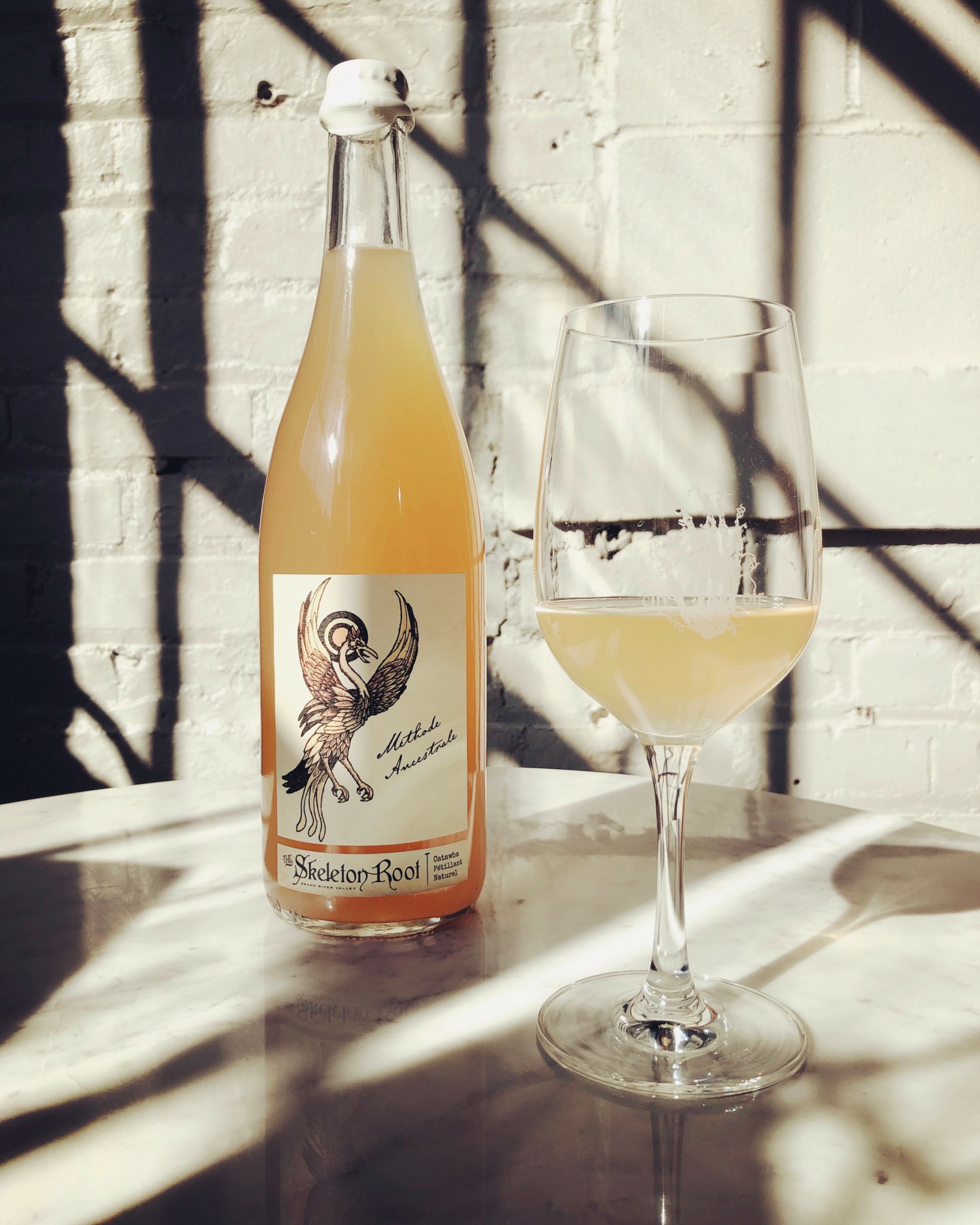
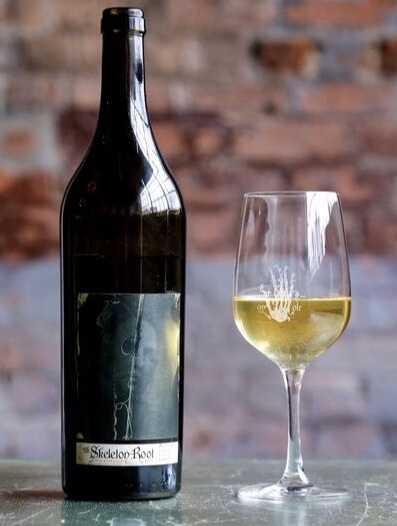
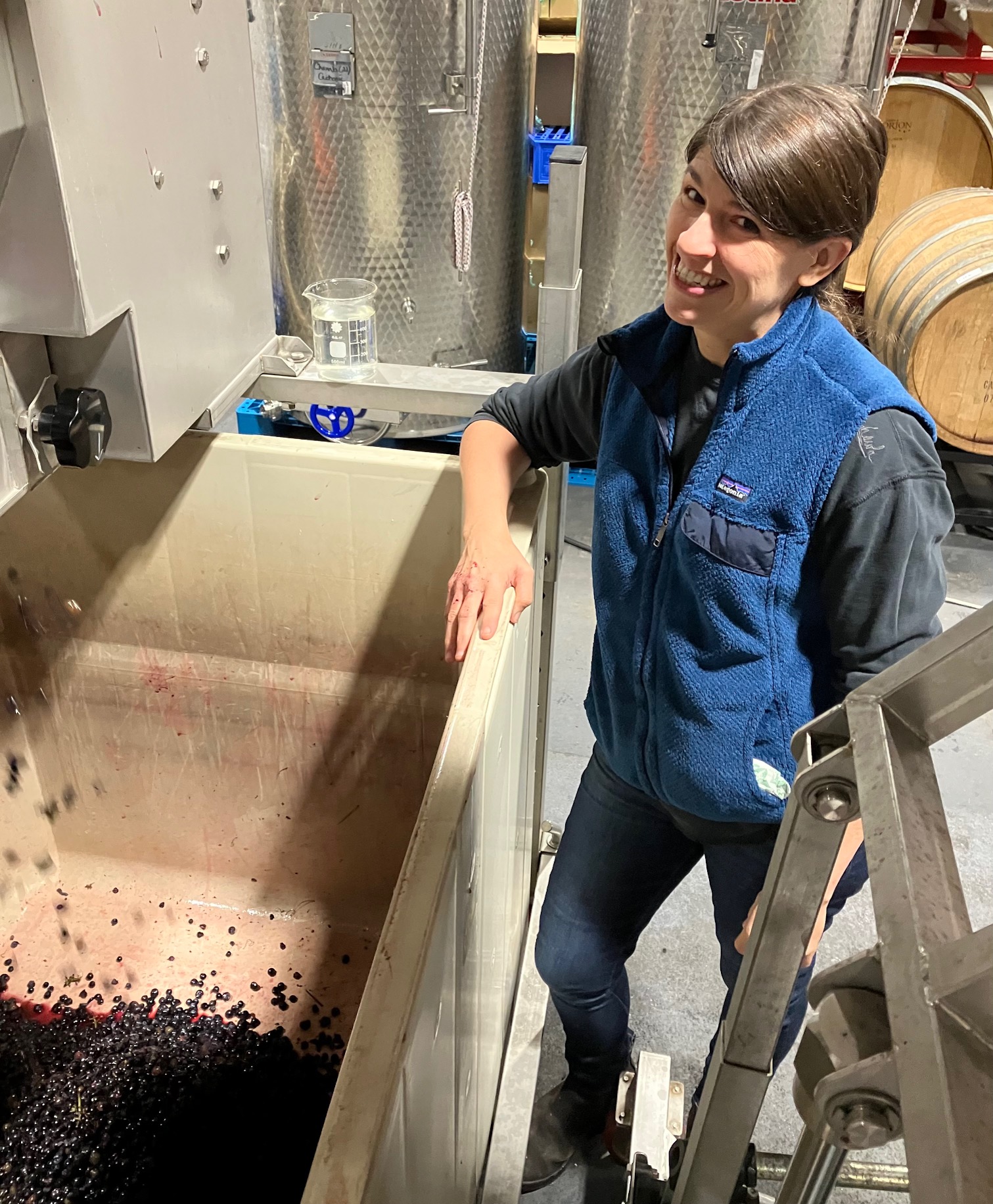
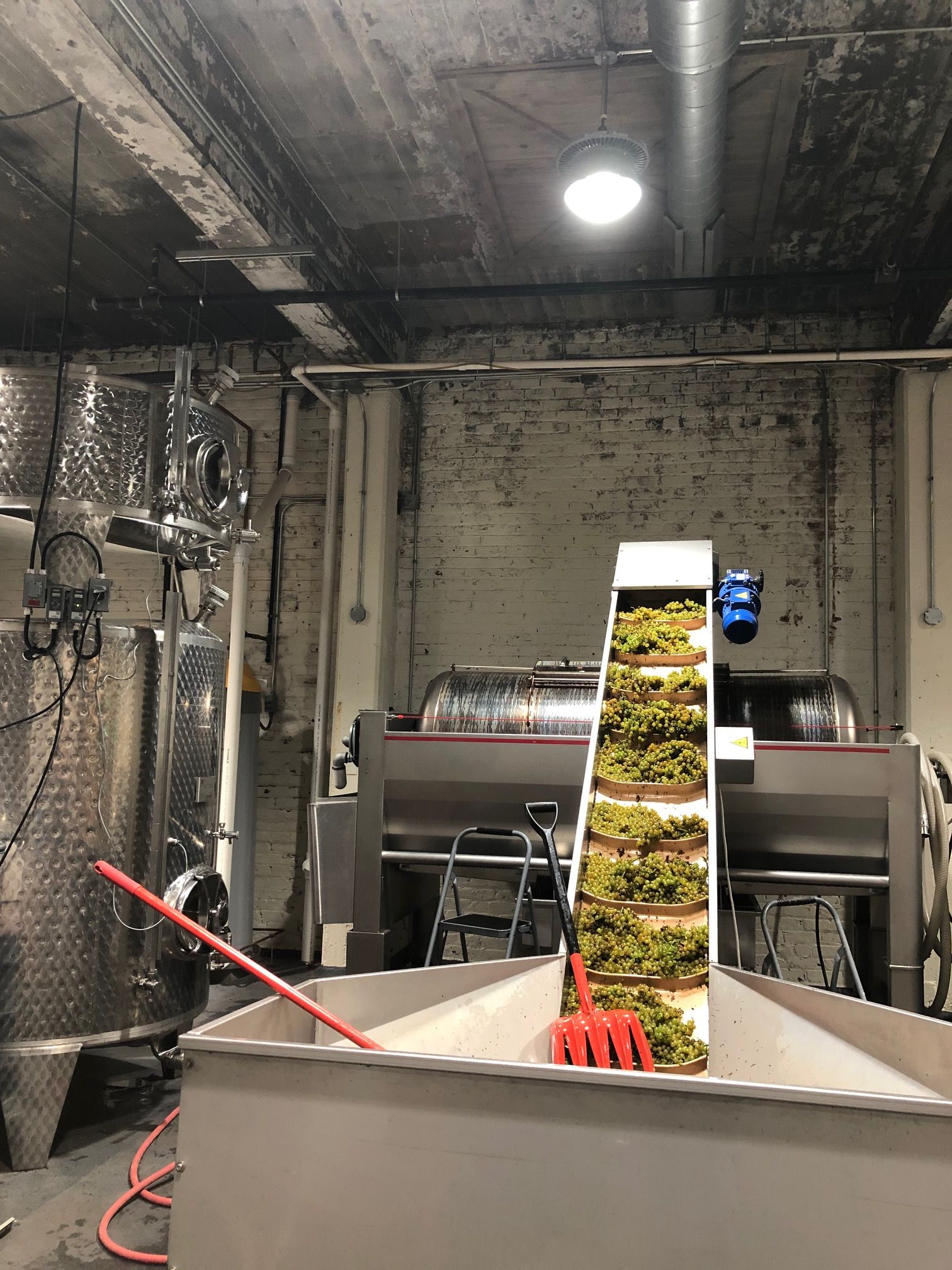
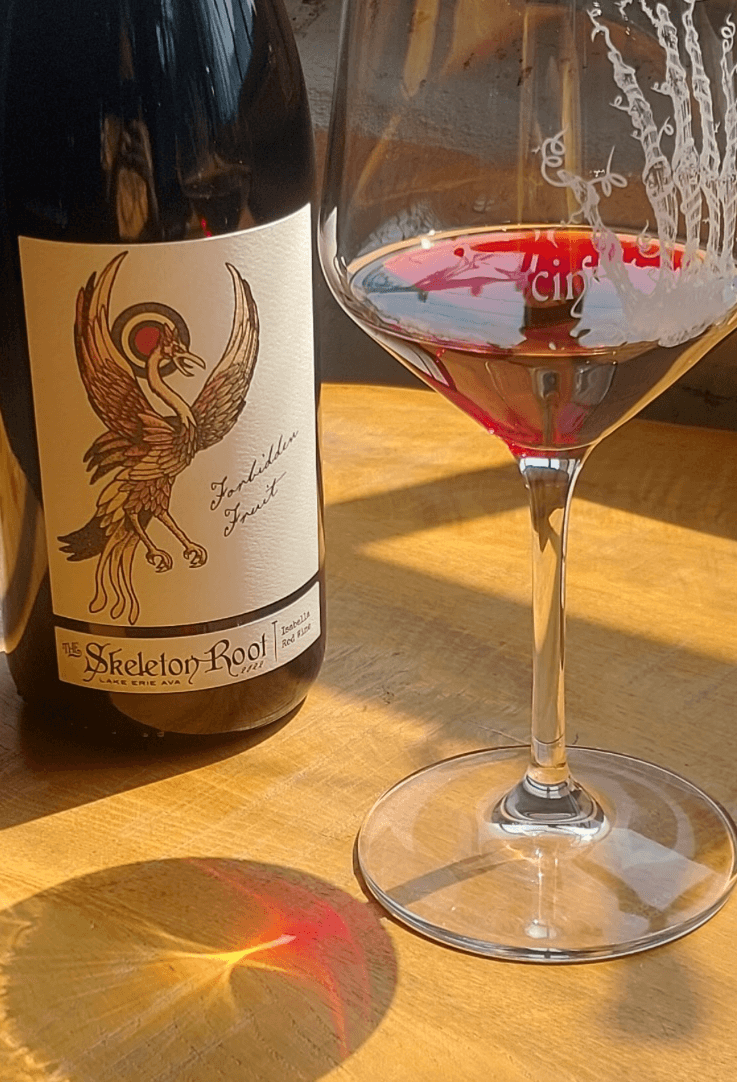
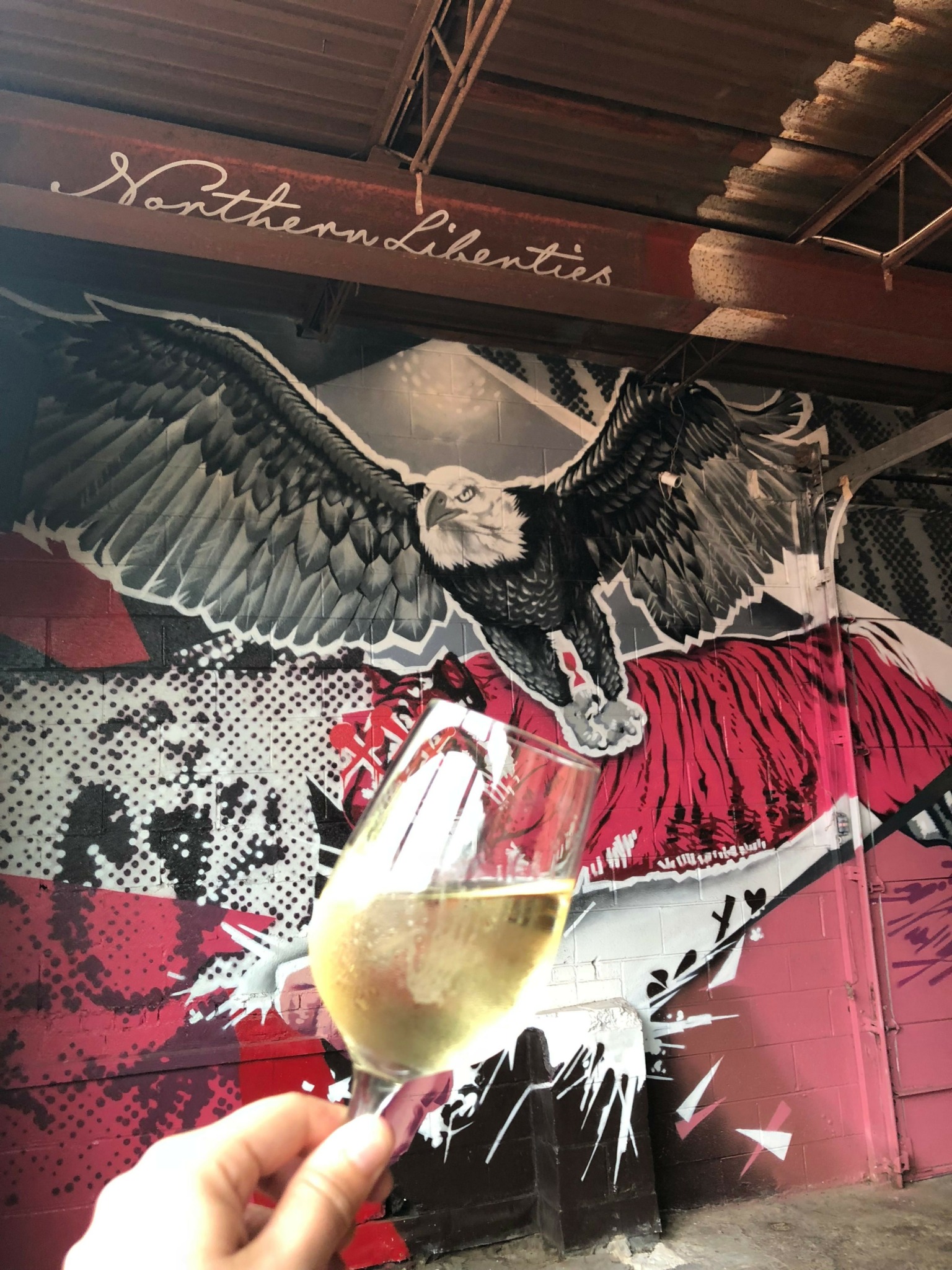
Image Credits
The Skeleton Root


